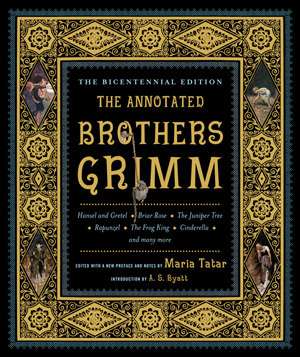What do you think?
Rate this book


496 pages, Hardcover
First published January 1, 2004
My mother, she killed me,Y'all have to be in on this.
My father, he ate me,
My sister Marlene,
Gathered all my bones,
Tied them in a silken scarf,
Laid them beneath the juniper tree,
Tweet, tweet, what a beautiful bird am I.